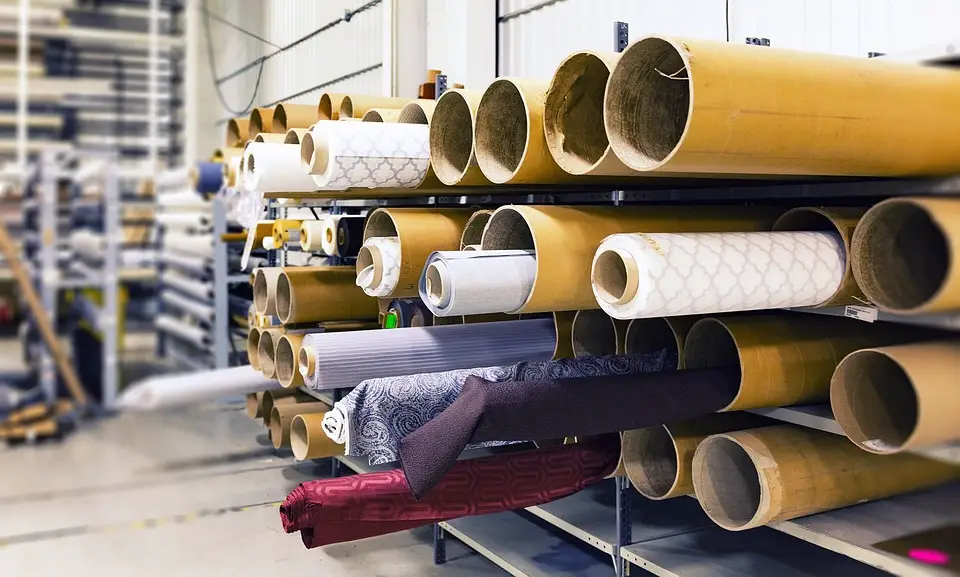As Poslovni Dnevnik/Darko Bicak writes, a part of the aforementioned wider EU process, Croatian member of the European Parliament Biljana Borzan was appointed rapporteur of the Socialists (S&D) for the opinion on the strategy of sustainable and circular textile products in the committee for consumer protection and the common market of the Parliament. The EU strategy aims to make the textile industry more sustainable, socially just and healthier for people and the environment by 2030.
As Borzan explained, the textile industry employs 60 million people across the world, the vast majority of whom are women. The wages earned by women workers in the garment industry are often significantly lower than living wages, and the working conditions can be terrible.
A former pillar of the economy
Where is the Croatian textile industry in all this? Just one decade ago, Croatian textile factories were one of the pillars of the domestic economy and employed more than 100,000 people. In short, Croatian textile factories fell short and are now history.
According to the official statistics of the Croatian Chamber of Commerce (HGK), 346 companies from the textile and/or clothing industry segment operate in Croatia with a total of 3,615 employees. However, although there has been a visible growth in the number of companies over the last decade or so, there has also been a visible change in the structure of it all, meaning that now – small and micro companies predominate, and the number of employees is also falling.
Of the listed 346 companies, there is not a single one that the statistics, either in terms of revenue or the number of employees, would record as large. The country has thirteen medium-sized companies, 48 small and 285 micro companies. There are several reasons for this decline. The textile, clothing and leather-processing industry, both locally and in the EU as a whole, is extremely vulnerable, it is labour-intensive, low accumulative and employs a predominantly female workforce.
As Jagoda Divic from the Sector for Industry and Sustainable Development of HGK explained, generally low wages and poor standard for work are naturally not attractive for the young workforce, and the lack of workers on the labour market as a whole is also very much in evidence.
“The high age of employees in these sectors directs companies to simply import labour from abroad. In addition to that, high labour costs prevent companies from increasing the net salary of their workers, which is particularly important for retaining workers and preserving export-oriented production sectors. In addition, funds for the acquisition of new technologies and the implementation of organisational changes for the purpose of optimising production processes, as well as the education of the company’s professional workforce, are almost exclusively financed by their own funds,” stated Divic, adding that Croatian textile factories and other such companies need engineers, seamstresses, tailors, constructors, upholsterers and machine maintenance specialists who aren’t in sufficient numbers on the domestic labour market, primarily due to the abolition of such courses in secondary schools or insufficient interest on the part of students to enroll in these courses.
The result is an insufficient number of necessary qualified personnel, which is why many companies from the industry are forced to import labour. HGK also explained that a large number of companies in labour-intensive activities have more than 250 employees, most of them in finishing jobs and, although they don’t have projects for research and development, they recognise the great need for investments in new technologies and marketing activities in foreign markets. However, the size of such as company acts as a limiting factor when applying for tenders financed from EU funds, because in most cases large companies are simply not eligible beneficiaries.
The application of automation
On top of all of the above, at least according to HGK, the goals of the textile and clothing industry in the coming period are linked to the EU Strategy for Textiles and Clothing. In the next ten years, companies will have to invest resources in the application of new technologies with an emphasis on digitalisation, innovative textiles, and solving the problems of microplastics and recycling, thus contributing to the digital and green transition.
The clothing industry is labour-intensive and it is impossible to replace some of their operations with machines, while in the textile industry there is a greater possibility of applying automation and new technologies that determine profitability and a higher rate of exporting one’s own product.
“The National Development Strategy of Croatia 2030 defines that Croatia will base its sustainable growth and development on a better utilisation of its own resources, an export-oriented, greener and smarter economy and on the innovation of people, clean industries and new technologies that have great potential for opening new and better paid jobs,” said Divic.
The Croatian Employers’ Association (HUP) has warned of identical challenges, where Ana Falak, the director of the HUP Leather and Textile Association, stated that the situation in the domestic leather sector is much better than it is in the textile sector.
“Trends of returning production to Europe are already being felt in Croatia, and the demand for textile industry services has increased, as has employment. However, the collapse of a large number of large Croatian textile factories, the impossibility of financing projects from EU funds, the lack of labour, especially when it comes to skilled workers, are the reasons why this sector is recovering only very slowly,” believes Falak. However, she is convinced that the textile industry in Croatia definitely has a future.
For more, make sure to check out our news section.










